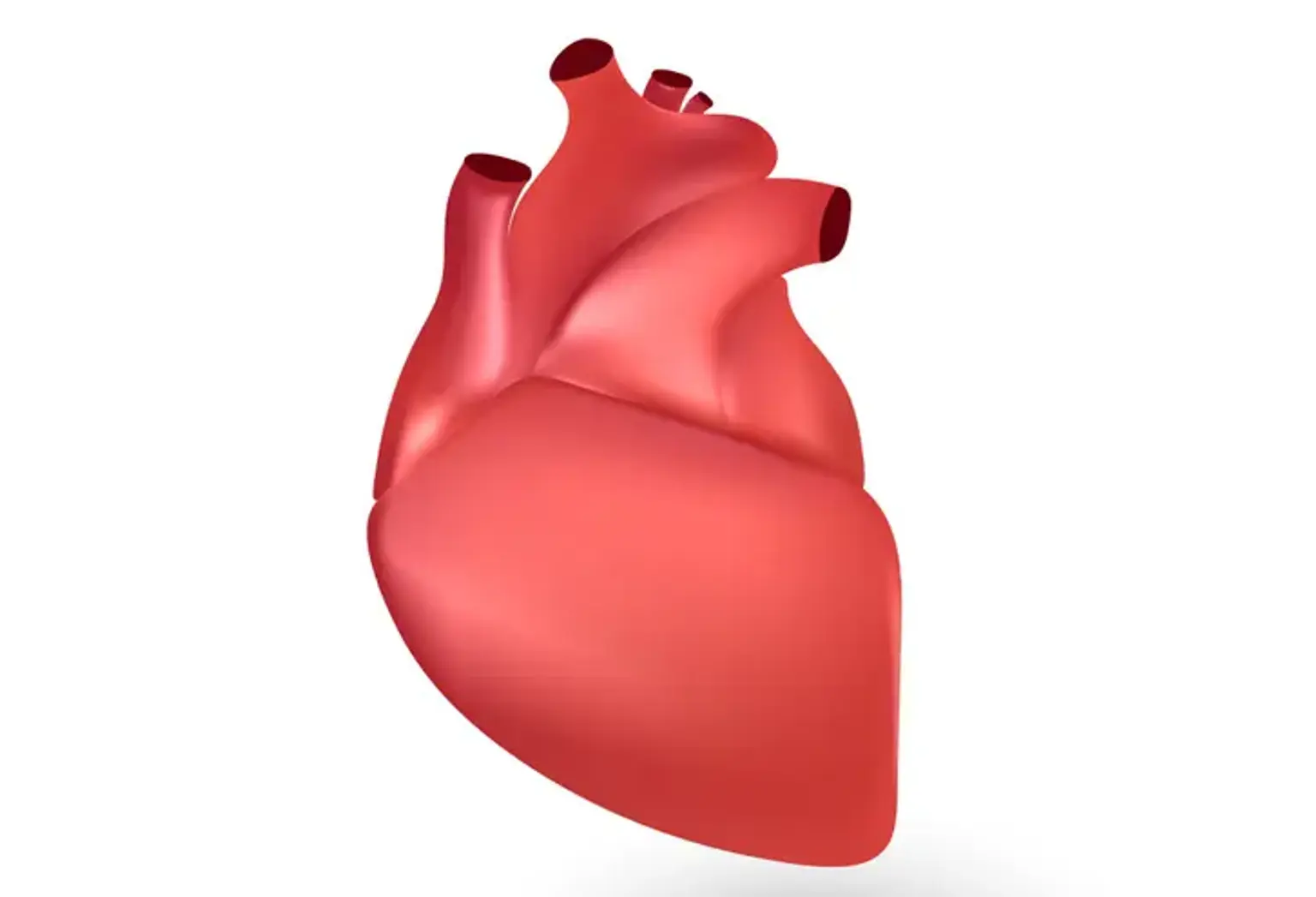Single Ventricle Defects Surgery
Congenital heart disease (CHD), also known as a congenital heart defect, is an issue with the heart's or blood vessels' architecture that develops before birth. When the walls of the heart, the valves of the heart, and the arteries and veins near the heart do not grow normally before birth, abnormalities occur. These flaws may or may not cause problems with a person's circulatory system. If they do, blood flow may be impeded, shifted in the wrong direction or to the wrong location, or completely blocked. Some of these defects are minor and may not cause issues, while others are more serious and may result in life-threatening problems.
Because of advancements in diagnosis and treatment, most babies born with congenital heart disease survive into adulthood. Adults, including those who received treatment as kids, can develop signs and symptoms of the illness later in life. It's also possible that cardiac abnormalities that weren't significant enough to treat as a child have deteriorated and now necessitate treatment. As a result, it is essential to consult your physician.
